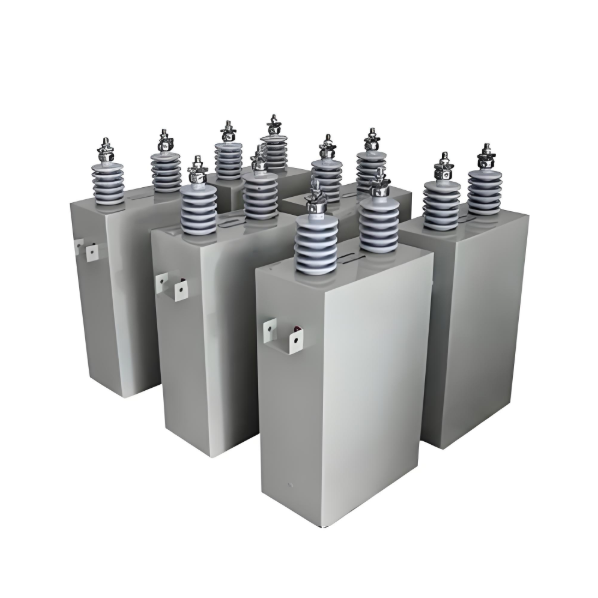- Product
- Suppliers
- Manufacturers
- Solutions
- Free tools
- Knowledges
- Experts
- Communities
Search
-
ابزار رایگان
-
IEE-Business د ر Điện kỹ thuật او د برق د تهغور لپاره مفتاح، د هوش مصنوعي ساته ابزارونه ورکويي: د ماخذ ننوت، په محاسبه بوځ، او د ټرانسفورمر، سيم کشي، موټرو، د برق تجهيزاتو بودجه او نورو لپاره فوري نتيجونه ترلاسه کړه – چې د نړۍ په کچه مهندسان يې تصور کوي.
-
-
حمایت و حمایت مالی
-
IEE-Business پلاټفرمی را خلق میکنه که نوآوری و ارزش در آن با هم برخورد میکننددانش فنی برجستهد تکنیکي زده کې ګډون وکړئ او د سپانسرګانو څخه پيسې وګټئ.پیشنهادهای کاریکسی برجستهپیوستن و ایجاد راه حل های تجاری برای کسب درآمد از حامیانمتخصصان برجسته فردیتالنت خود را به حامیان نشان دهید برنامه آینده خود را کسب کنید
-
-
دانلود برنامه
بارگیری
-
-
دریافت برنامه کاربردی IEE-Businessاز برنامه IEE-Business برای پیدا کردن تجهیزات دریافت راه حل ها ارتباط با متخصصین و شرکت در همکاری صنعتی هر زمان و مکان استفاده کنید که به طور کامل توسعه پروژه های برق و کسب و کار شما را حمایت می کند
-
-
-
-
همکاری با ما
شريك
-
-
پروگرام پارتنري کسب و کار IEE-Business را به صورت مشارکتی بپذیریدتوسعه کسب و کار را تقویت می کند -- از ابزارهای فنی تا گسترش کسب و کار جهانی
-
-
-
دری
-
- English
- Afrikaans
- العربية
- Azərbaycan dili
- български
- বাংলা
- Català
- Cebuano
- čeština
- Dansk
- Deutsch
- Ελληνικά
- Esperanto
- Español
- Eesti keel
- Euskara
- دری
- فارسی
- suomi
- Filipino
- français
- Gaeilge
- Galego
- Hausa
- עברית
- हिन्दी
- Hrvatski
- magyar nyelv
- հայերեն
- Bahasa Indonesia
- Íslenska
- Italiano
- 日本語
- ქართული
- Қазақ тілі
- ಕನ್ನಡ
- 한국어
- Kurdî
- Latina
- Latviešu valoda
- македонски јазик
- Bahasa Melayu
- Malti
- नेपाली
- Nederlands
- Norsk
- ਪੰਜਾਬੀ
- polski
- پښتو
- Português
- Русский язык
- සිංහල语
- Slovenščina
- српски језик
- Svenska
- Kiswahili
- தமிழ்
- తెలుగు
- ไทย
- Tagalog
- Türkçe
- українська мова
- اردو
- Oʻzbek tili
- Tiếng Việt
-
-
دری
-
- English
- Afrikaans
- العربية
- Azərbaycan dili
- български
- বাংলা
- Català
- Cebuano
- čeština
- Dansk
- Deutsch
- Ελληνικά
- Esperanto
- Español
- Eesti keel
- Euskara
- دری
- فارسی
- suomi
- Filipino
- français
- Gaeilge
- Galego
- Hausa
- עברית
- हिन्दी
- Hrvatski
- magyar nyelv
- հայերեն
- Bahasa Indonesia
- Íslenska
- Italiano
- 日本語
- ქართული
- Қазақ тілі
- ಕನ್ನಡ
- 한국어
- Kurdî
- Latina
- Latviešu valoda
- македонски јазик
- Bahasa Melayu
- Malti
- नेपाली
- Nederlands
- Norsk
- ਪੰਜਾਬੀ
- polski
- پښتو
- Português
- Русский язык
- සිංහල语
- Slovenščina
- српски језик
- Svenska
- Kiswahili
- தமிழ்
- తెలుగు
- ไทย
- Tagalog
- Türkçe
- українська мова
- اردو
- Oʻzbek tili
- Tiếng Việt
-






















